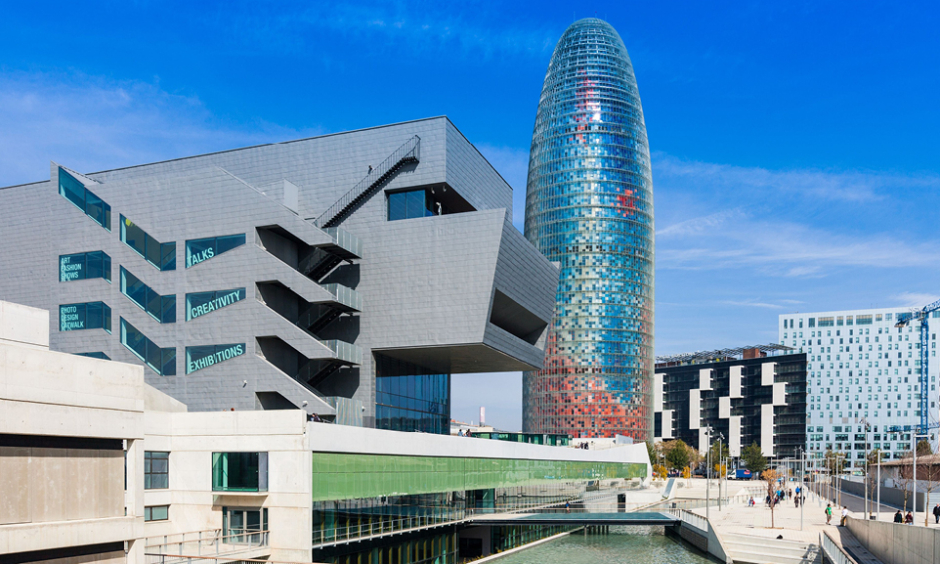Athletes with pathological hearts are at risk of sudden death through cardiac events. Athletes undergo physiological changes to the heart, which mimic pathological changes seen in conditions such as hypertrophic cardiomyopathy. Little is known regarding the parameters that differentiate between these two distinct processes. Assessing parameters of the left atrium (LA) may be a novel method to differentiate between physiological and pathological changes.
We performed a descriptive single-centre, cross-sectional study looking at the left atrial parameters of three distinct groups, which comprised i) professional footballers, ii) healthy controls, and iii) patients with cardiomyopathy. Using two-dimensional echocardiography, we obtained values representing LA reservoir and conduit and pump function, which were expressed as LA total emptying, passive emptying fraction, and active emptying fraction, respectively. Global longitudinal LA strain (GLS) was also calculated using conventional software.
There were 23 professional athletes, 20 recreational athletes, and 27 subjects with cardiomyopathy included in this cohort. Their mean ages were 23±1.9 years, 26±2.1 years, and 35±2.4 years, respectively. Professional athletes and cardiomyopathy subjects had a significantly larger LA volume index compared to recreational athletes (38.1±11.1 mL/m2, 25.6±7.7 mL/m2, and 28.89±12.9 mL/m2, respectively). Cardiomyopathy subjects had a significantly lower LA reservoir capacity (mean LA total emptying fraction: 0.38±0.1, 0.57±0.1, and 0.59±0.8, respectively; p<0.01) lower conduit function (mean LA passive emptying fraction: 0.2±0.1, 0.5±0.3, and 0.4±0.2, respectively; p=0.001), lower pump function (mean LA active emptying fraction: 0.2±0.1, 0.30±0.1, and 0.32±0.2, respectively; p=0.02), and lower LA GLS (mean: 9.8±6.7, 23.9±12.1, and 27.8±14.6, respectively; p<0.001).
When comparing professional to recreational athletes, no significant differences were seen between LA function value and GLS. Of these parameters, GLS was the best discriminatory factor between physiological and pathological LA remodelling (GLS sensitivity: 86%, specificity: 97%, area under the curve: 0.8; p<0.001). LA remodelling occurs differently in response to exercise and diseases. GLS LA outperforms current conventional parameters as a discriminatory factor for physiological versus pathological LA remodelling. To improve on this study, greater sample numbers are required for each category and less heterogeneity of the cardiomyopathy cohort, in order to concentrate on specific cardiomyopathies, such as hypertrophic cardiomyopathy.








